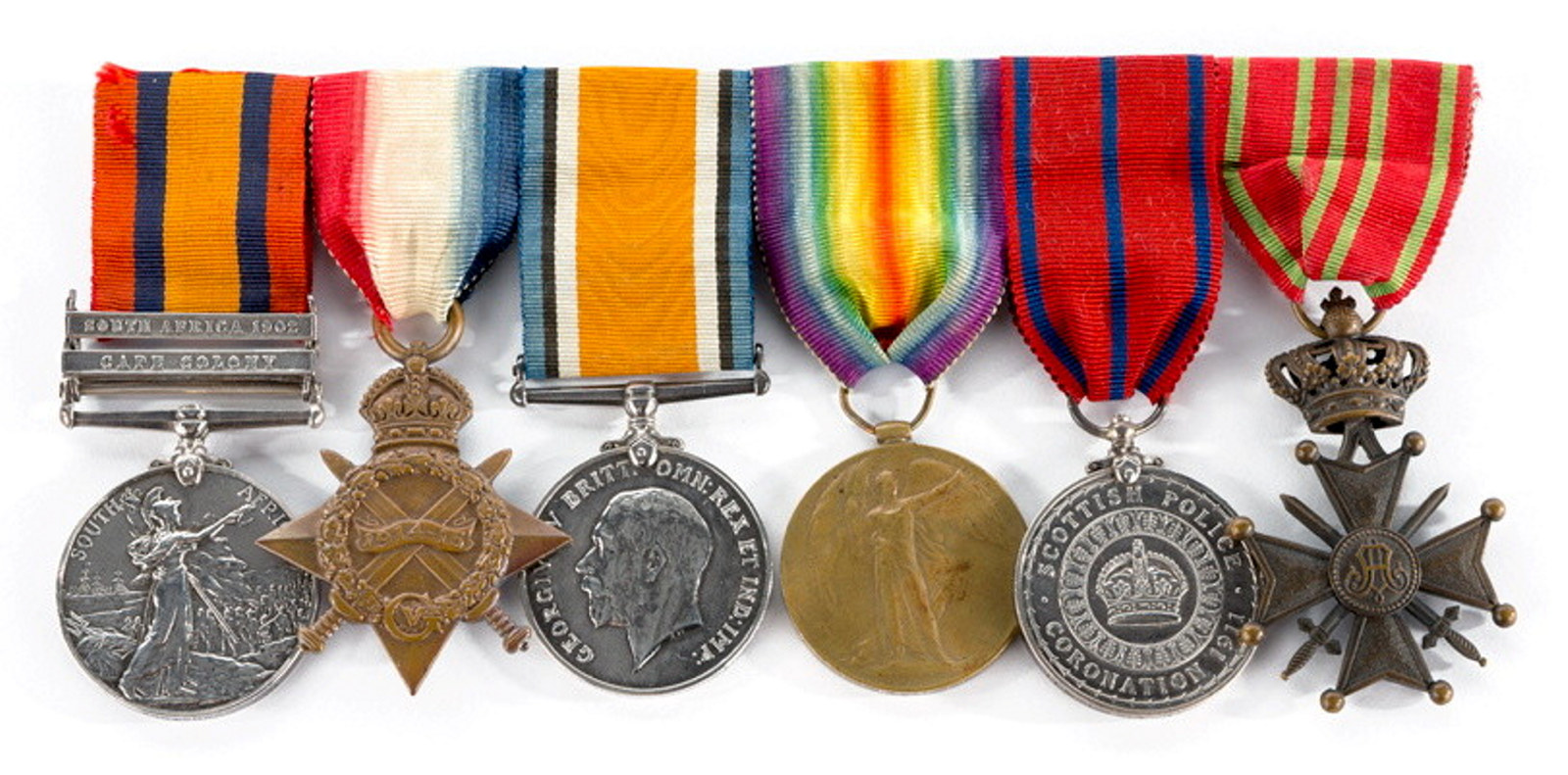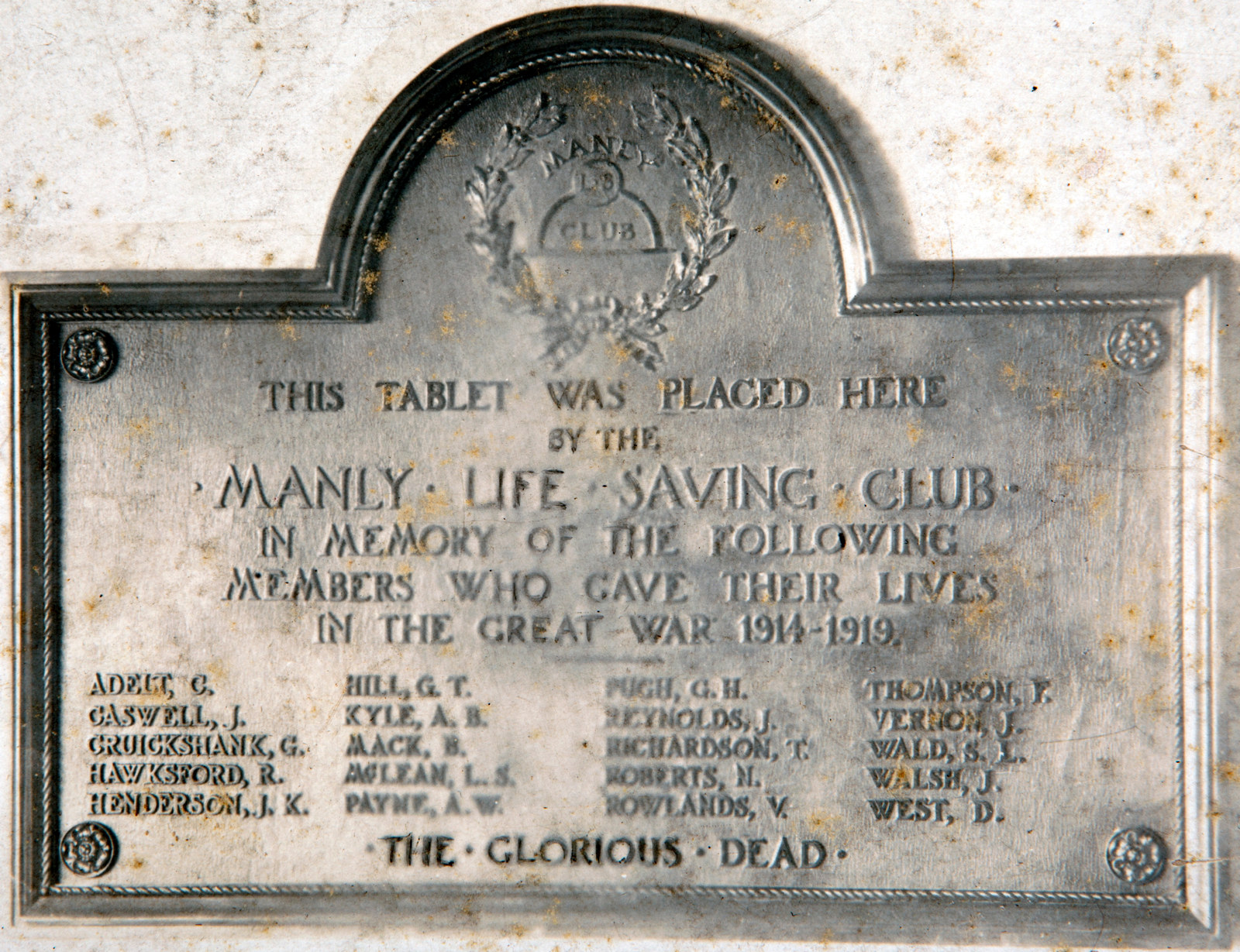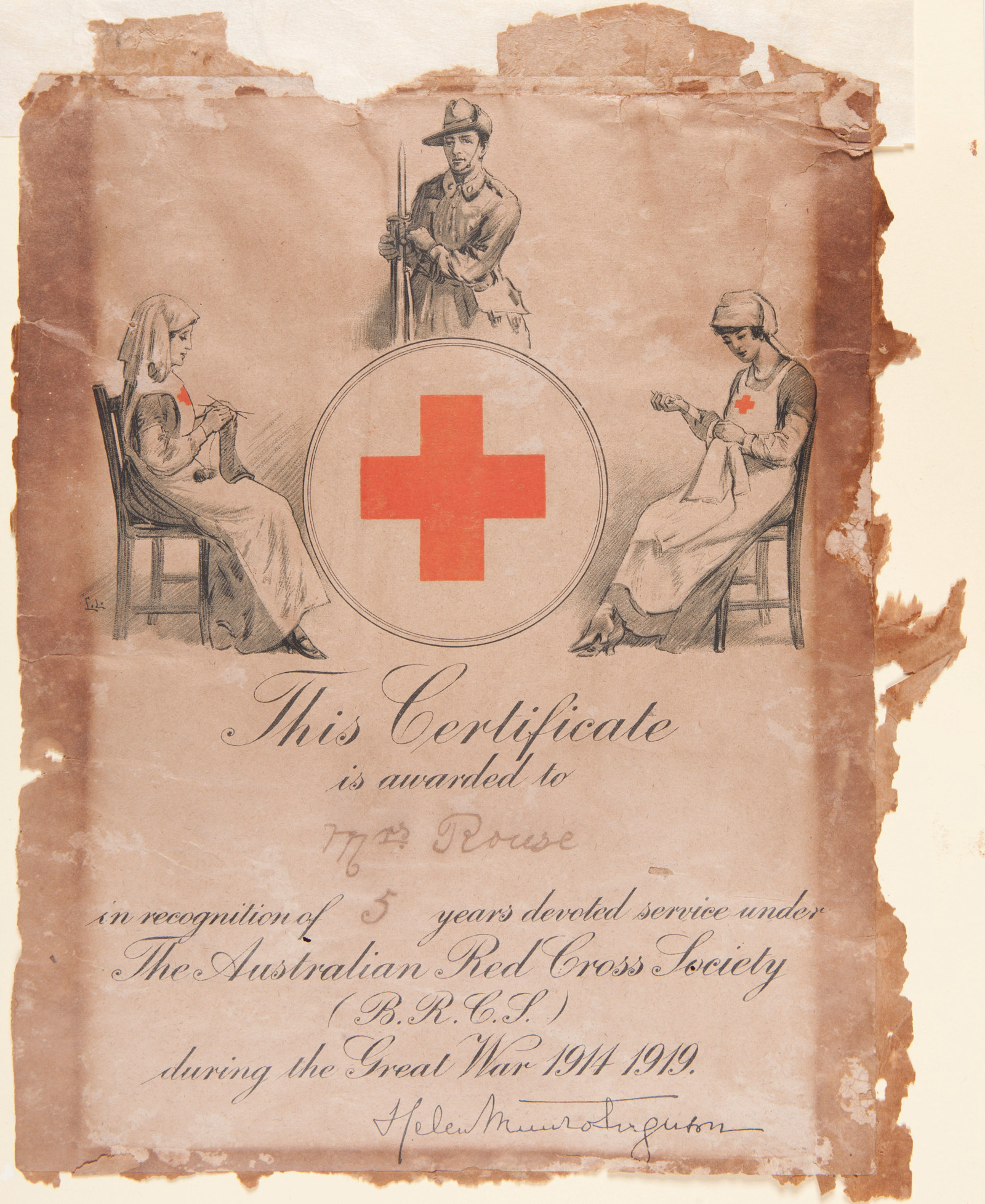Design & manufacture of honour rolls
Many honour rolls take the form of honour boards, panels of timber with names lettered in gold or white. Some have minimal decoration, others are elaborately carved. Honour rolls may also be manufactured in bronze or other metals and take the form of plaques or tablets with names embossed in relief.
While the makers of these memorials are mostly anonymous or unregarded, their identities occasionally surface in the archive. One such example is Frederick William Tod (1879–1958), a specialist carver and ecclesiastic furniture maker with a workshop in Barlow Street, Sydney.1 His company, F W Tod & Co, designed and made several World War I honour rolls. Some of them are intricately carved in the Gothic style that characterised much of Tod’s church furniture. His design drawings for honour rolls for the NSW town of Moree and for St Martin’s Church, Killara, for example, feature pointed pediments, crocketted (hook-shaped) finials and blind tracery incorporating trefoils, all standard elements of Gothic design.
Tod’s company also designed and crafted honour boards in a classical style. A photograph from the Tod archive shows a large honour roll made by the company for the Pennant Hills & Thornleigh district. The board survives in the Thornleigh Community Centre. The memorial is framed by a pair of fluted Ionic pilasters supporting a pediment, directly referencing the elements of classical architecture of ancient Greece. The pediment is decorated in relief with a central evergreen laurel wreath, which symbolises victory, eternity, resurrection, glory and honour; and branches of olive, symbolising peace. Such classical references were intended to evoke ideas of simplicity, timelessness, universality and longevity. It was also an aesthetic that could connote reverence devoid of any specific religious overtones.
James Castle & Sons was a firm of eminent Sydney art metal workers, based in King Street, Newtown, from 1889.2 While Tod & Co worked in timber, James Castle & Sons worked in brass, copper, bronze and iron. They designed and manufactured a variety of memorial plaques and honour rolls relating to World War I, including a bronze tablet for the Manly Life Saving Club. The memorial was erected in memory of 20 members of the club who ‘gave their lives in the Great War 1914–1918’. The memorial was unveiled at the club house on South Steyne on Sunday 16 September 1923.
For the Education Department Building on the corner of Bridge and Phillip streets, Sydney, James Castle & Sons produced a bronze tablet set in marble. It commemorated those 158 public school teachers who ‘gave their lives for God and Country’ and was one of two memorials erected in the building. The other was an honour board made of Queensland maple carrying the names of all the teachers who had enlisted in World War I. The bronze memorial, which was unveiled on 24 September 1921, had been commissioned by a Soldier–Teachers’ Memorial Committee. The committee secretary wrote a letter of appreciation to Castle & Sons on 12 November 1921, expressing the general view that the tablet was ‘a beautiful and faithfully executed piece of work’.
Following World War I, Wunderlich Limited, a major manufacturer of building materials, extended their production line to include a range of votive tablets and memorials. In 1935 the firm published a catalogue of bronze memorials ‘intended as a tribute to the deep and poignant emotions that have motivated their production’. The tablets, honour rolls and shrines illustrated in the catalogue were mostly designed by architects, including a very large honour roll ‘dedicated to the employees of the Daily Telegraph Newspaper Company Ltd who served in the Great War 1914–1918’. It was carried out by Wunderlich Limited in French bronze, with coloured marble inlays, and fixed to a marble ground. A truly monumental memorial.
Footnotes
1. An archive of F.W. Tod’s furniture designs is held in the Caroline Simpson Library & Research Collection.
2. A fragment of the archive from James Castle & Sons is held in the Caroline Simpson Library & Research Collection
Published on
More

WW1
War Service
From the shores of Gallipoli to the sprawling Western Front, the stories told here reveal the powerful war experiences of ordinary soldiers. Some were decorated for bravery in the field, while others made the ultimate sacrifice

WW1
Commemoration
Hear the poignant personal stories behind battlefield grave markers in Egypt, France and Gallipoli, as well as the stories behind workplace honour rolls, one of the most common, but often hidden, forms of war memorial in Australia

WW1
Home Front
As the war stretched on, thousands of women at home in Australia supported the war effort by volunteering for patriotic fundraising activities